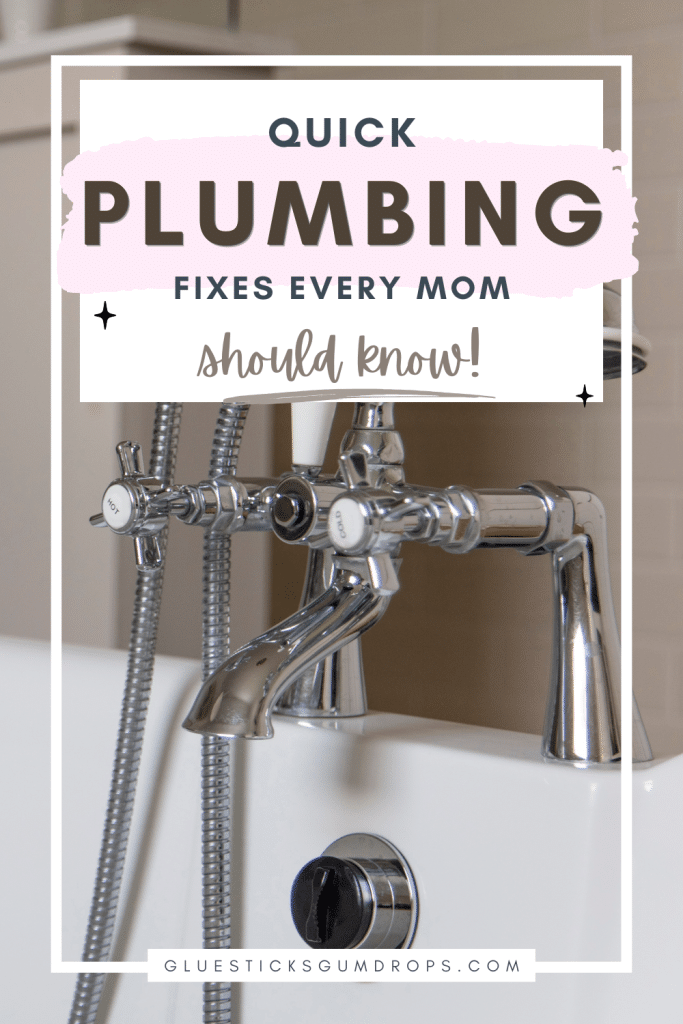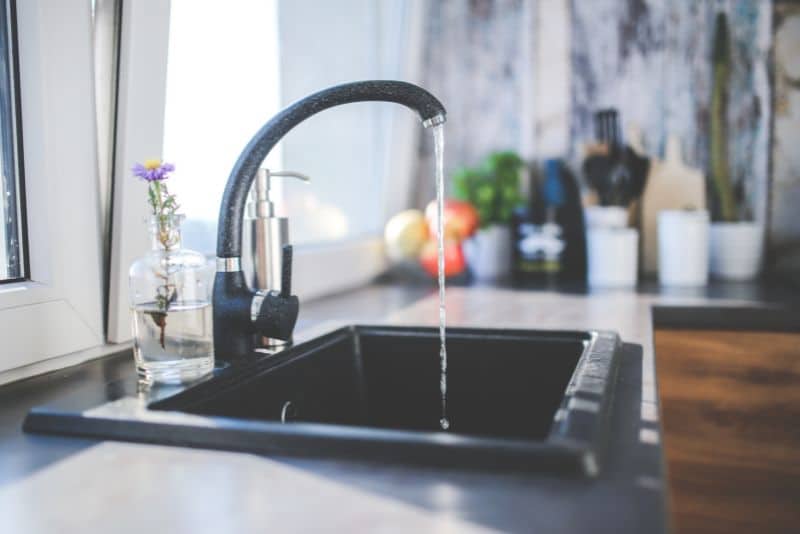As a mom, you wear many hats – chef, chauffeur, teacher, and, often, handywoman. Plumbing mishaps can strike at any time, and knowing how to handle them quickly can save you time, money, and headaches. The following quick fixes are not only practical but also empower you to take control of minor plumbing issues without the need for a professional plumber. So, read on to explore!

Unclogging a Stubborn Drain
A clogged sink or bathtub drain is a common household woe, especially if you have little ones who like to experiment with their toys in the bathroom. Instead of reaching for chemical drain cleaners, which can be harmful, try using a plunger. Place the plunger over the drain, create a seal, and give it a few vigorous pumps. To ensure stability and reliability, high-quality tube clamps will help secure the complex piping system in place. This action should dislodge the blockage and get the water flowing freely again. For a more eco-friendly approach, you can use a mixture of baking soda and vinegar to break down the clog.
Clearing a Garbage Disposal Jam
A jammed garbage disposal can disrupt your kitchen routine. When faced with this problem, don’t panic. First, turn off the disposal unit to avoid accidents. Then, use an Allen wrench to manually rotate the disposal’s motor underneath the sink. This should help dislodge the blockage causing the jam. If it still won’t budge, try resetting the disposal by pressing the reset button on the unit. Remember to exercise caution, and never put your hand down the disposal. A functioning disposal is essential for maintaining a clean and efficient kitchen.
- Safety First: Before attempting to clear a garbage disposal jam, ensure your safety. Turn off the disposal unit at the switch or circuit breaker to prevent accidental activation while you work on it. Also, keep the area well-lit to avoid mishaps. Lone Star State experts handling garbage disposal repair in Austin, Texas insist on using the proper tools, such as a hex key or pliers, to safely dislodge jams without damaging the unit. They also recommend regular maintenance and avoiding hard or fibrous foods to keep the disposal running smoothly for years to come.
- Locate the Reset Button: If manually rotating the disposal’s motor with an Allen wrench doesn’t free the jam, look for the reset button on the disposal unit. This button is typically located on the bottom or side. Press it to reset the disposal, which can often dislodge the blockage.
- Use Tongs or Pliers: If the jam persists after resetting the disposal, you can try using long-handled tongs or pliers to reach into the disposal and carefully remove the obstruction. Never use your hand, and be cautious not to damage the disposal’s blades or components.
- Avoid Overloading: To prevent future jams, be mindful of what you put into the garbage disposal. Avoid putting large or hard objects, fibrous foods (like celery), and excessive grease down the disposal. Running cold water while the disposal is in use can also help prevent jams by solidifying any grease.
Fixing a Running Toilet
A running toilet can be a silent water waster that jacks up your utility bills. To fix this issue, remove the tank lid and check the flapper valve. If it’s not sealing properly, replace it, which is an inexpensive and straightforward DIY task. Alternatively, you can adjust the chain or float arm to ensure the water shuts off at the right level. By addressing a running toilet promptly, you’ll save money and conserve water in the process.
Repairing a Leaky Faucet
That persistent drip from a leaky faucet can be incredibly annoying and wasteful. To stop the leak, first, turn off the water supply to the faucet. Then, disassemble the faucet handle and replace the worn-out washer or O-ring. If you’re unsure about the parts or the process, consult the manufacturer’s manual or find helpful online tutorials. Fixing a leaky faucet is a small task that can have a big impact on your water bill and your peace of mind.
- Identify the Faucet Type: Determine whether you have a compression, ball, cartridge, or ceramic disk faucet. Each type requires slightly different repair techniques and replacement parts.
- Gather the Necessary Tools: Before starting the repair, gather essential tools like an adjustable wrench, screwdrivers, pliers, and a replacement washer or O-ring. Having the right tools on hand will make the process smoother.
- Shut Off Water Supply: Locate the shut-off valve for the specific faucet or turn off the main water supply to your home if you can’t isolate the faucet. This step is crucial to prevent any water flow during the repair.
- Follow Step-by-Step Instructions: Refer to the manufacturer’s manual if available, or search for reliable online tutorials that match your faucet type. Follow the step-by-step instructions carefully to disassemble the faucet, replace the damaged parts, and reassemble it. Pay close attention to the order of parts and any seals or gaskets that need replacement.
Dealing with Low Water Pressure
Low water pressure can make simple tasks like washing dishes or taking a shower frustrating. Start by checking if the aerator on your faucet is clogged with mineral deposits – cleaning or replacing it can often resolve the issue. If the problem persists, inspect your home’s water supply valves to ensure they are fully open. Sometimes, a partially closed valve can restrict water flow. By tackling low water pressure, you’ll make your daily routines smoother and more efficient.
Another common culprit behind persistent plumbing problems is hard water. Over time, mineral deposits from hard water can accumulate inside pipes and fixtures, leading to reduced water flow and increased wear on your plumbing system. Addressing plumbing issues caused by hard water early can prevent costly repairs and extend the lifespan of your home’s plumbing.
Sealing a Leaking Pipe Joint
Leaking pipe joints can be a nuisance, causing water damage and wasting resources. Fortunately, addressing this issue is feasible for a DIY-savvy mom. Start by turning off the water supply to the affected area. Next, dry the area around the leak thoroughly and apply a plumbing epoxy or pipe sealing tape to seal the gap. Ensure you follow the manufacturer’s instructions carefully. This temporary fix can prevent further damage until you can schedule a permanent repair or replacement of the pipe joint.

With these plumbing skills in your repertoire, you’re better equipped to handle common household plumbing issues like a pro. Remember, knowledge is power, and being a mom often means wearing the superhero cape of household maintenance. By mastering these quick fixes, you can save money, time, and the stress of dealing with plumbing problems, leaving you more time to enjoy the joys of motherhood.
